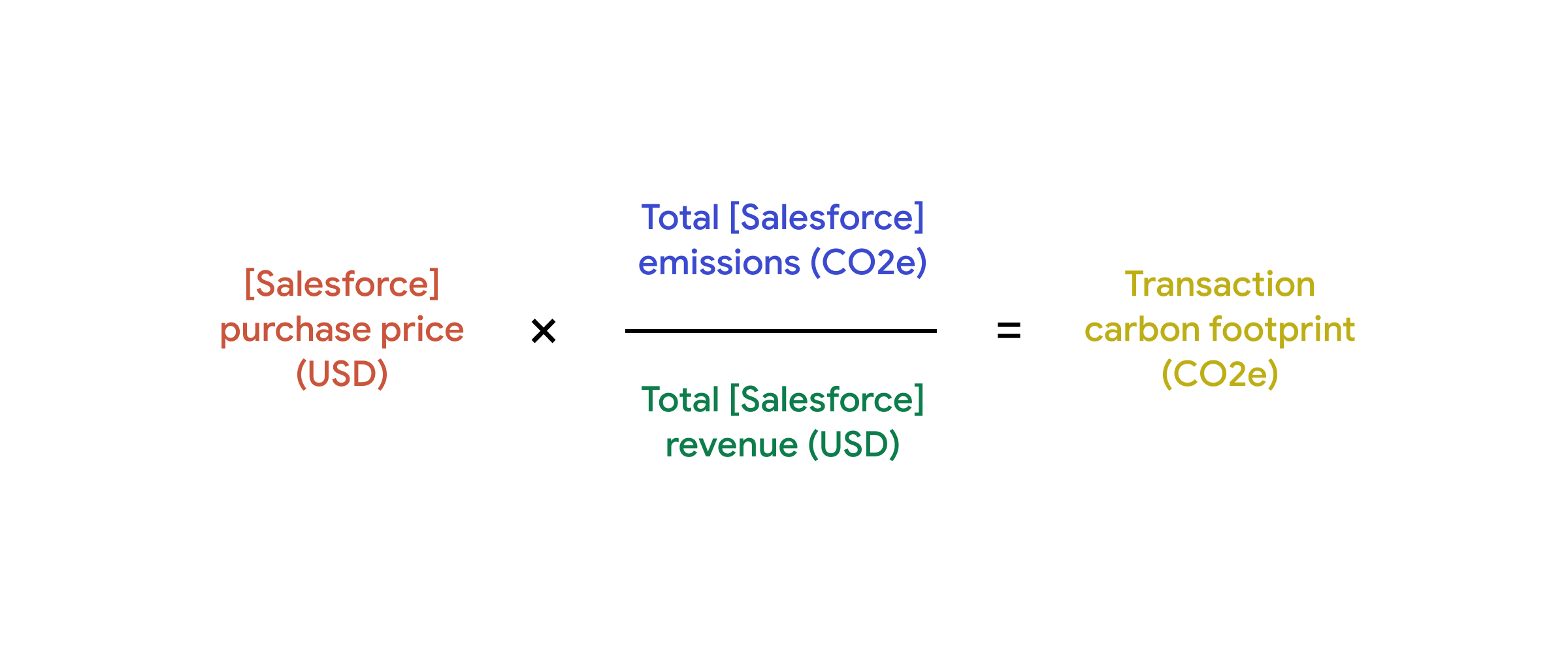Today we're excited to (soft) launch Bend. Bend makes climate data programmable and queryable — track companies as they cut carbon, and measure the CO2e footprint of your spend.
Thomas and I found our way to this project via our background in fintech. Prior to Bend, we worked together at Abacus, a real time expense management company that I cofounded in 2014, serving small businesses. At Abacus, we noticed a pattern: finance teams are increasingly paying attention to the climate impact of their purchase decisions, from travel policies, to cloud hosting, and beyond.
In some cases this sustainability focus is altruistic; more often, it’s just good business. Larger companies, from Apple to Walmart, have begun to mandate that their suppliers disclose and reduce their climate-changing emissions. This has set off a virtuous cycle — if you want to do business with a company that has made a climate commitment, or if you want to do business with a company that wants to do business with a company that has a made a climate commitment (...and so on) — you need to track carbon. And beyond supply chain pressure, investors (e.g. BlackRock), and the SEC (following in Europe’s footsteps), have announced that they will phase in climate disclosure requirements over the next few years.
Fortunately, there are teams of people already equipped with the tools to tackle this carbon-tracking challenge: finance teams. Finance teams are good at budgeting; managing a carbon budget is a lot like managing a financial budget. And finance teams are good at disclosures; all public companies disclose their financial performance in 10-Ks and quarterly earnings, and many have started to disclose emissions alongside their financials. In the past, sustainability metrics and terminology were inconsistent year-to-year and company-to-company; finance teams, on the other hand, are skilled at deploying industry standard reporting (e.g. GAAP).
We’re launching Bend just as two things are becoming true: 1. the number of companies who recognize the need to transition to a net zero economy (and all the risks and opportunities that will come along with the transition) is rising fast, and 2. companies are looking beyond their direct emissions (Scope 1 and Scope 2) and are starting to set net zero targets that include their supply chain emissions (Scope 3). Supply chain emissions — the emissions from the production and transportation of the things you buy from other companies — are hard to measure. But for most companies, this category contributes the vast majority of total emissions. Carbon emitted producing your product is your carbon. Getting better at measuring supply chain emissions is the whole ballgame.
This supply chain focus requires an entirely new approach to carbon accounting. In the past, due to a lack of transaction-level data, companies would tend to focus their limited attention and resources on a small subset of their spend. They would then use a handful of off-the-shelf ‘emissions factors’ to estimate the carbon footprint of certain activities (e.g. 0.225 kg/mile traveled via airplane, 0.343 kg/mile traveled via car, and so on). This approach is inadequate — the coverage is limited, and the generic emissions averages obscure a huge amount of variation (different cars or aircraft have different performance profiles, airplanes are not uniformly full, etc.). But more importantly, this legacy approach doesn’t create the right accountability. If all air travel is treated interchangeably, JetBlue (for example) isn’t rewarded for upgrading their fleet, or exploring the use of biofuels, or offering more direct flights, or reducing the footprint of their operations, etc. We want JetBlue competing with United, and American, and all the other airlines, to offer the lowest relative emissions. And we want every business in every industry competing in this race. Generic industry averages won’t cut it.
At Bend, we replace industry averages with per-transaction, company-specific CO2e estimates. Imagine, for example, that you’re shopping for a CRM tool like Salesforce. What is the carbon footprint of this potential purchase? Fortunately, Salesforce publishes their emissions data. And so you multiply Salesforce’s total emissions, by the purchase price of their software, divided by their total revenue, and you get 'metric tons of carbon dioxide equivalents,’ or tCO2e. Now, in order to measure your company’s total climate footprint, imagine a similar calculation for each of the thousands of purchases your company makes every month / quarter / year. It's massively recursive; each company’s output becomes an input into other companies’ calculations, as you loop through a supply chain, from raw materials to finished product.

While each individual carbon calculation is simple, the scale of the challenge is massive. The data that companies need for each of these CO2e calculations is hard to access, buried in annual PDFs and blog posts, scattered across the internet. That’s where Bend comes in: Bend aggregates corporate climate data, normalizes it, and exposes it via open APIs. We track greenhouse gas emissions, purchased offsets, and sustainability commitments, aligning with science-based standards. And we forecast the annual reductions necessary for companies to meet their self-determined targets.
Bend’s mission is to become the world’s climate graph. We believe climate impact should be represented in every purchase decision, and tracked on every receipt.
We’re just getting started. Let’s get to work.
- If you’re interested in using Bend to calculate your supply chain footprint, or if you work at a fintech company and would like to help your customers track their supply chain footprint, please get in touch.
- If you work at a company that might be interested in publishing your climate data directly to Bend, please get in touch.
- If you’re a retailer interested in labeling your SKUs with carbon footprint data, please get in touch.
And if you’re excited about what we’re building, please send us an email.


